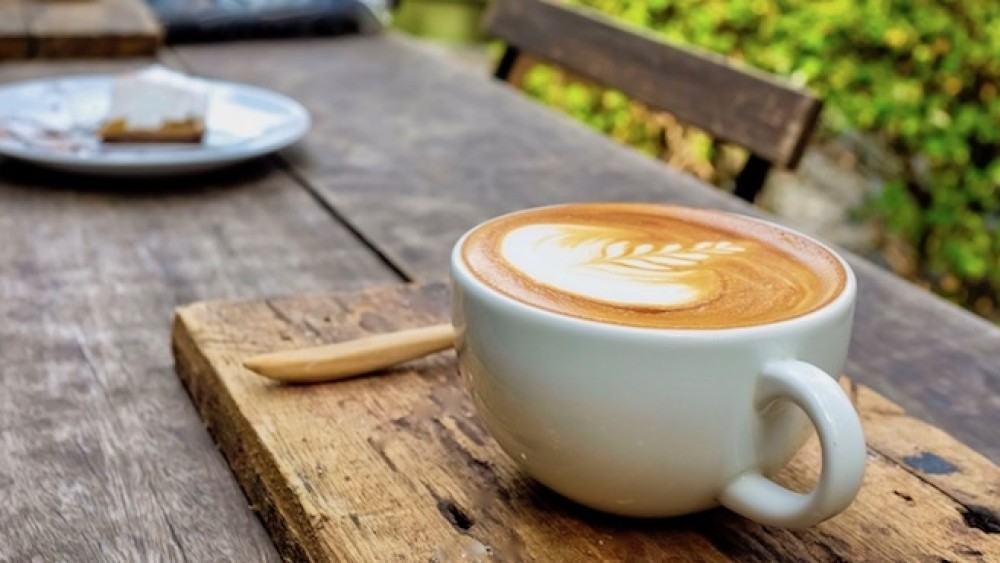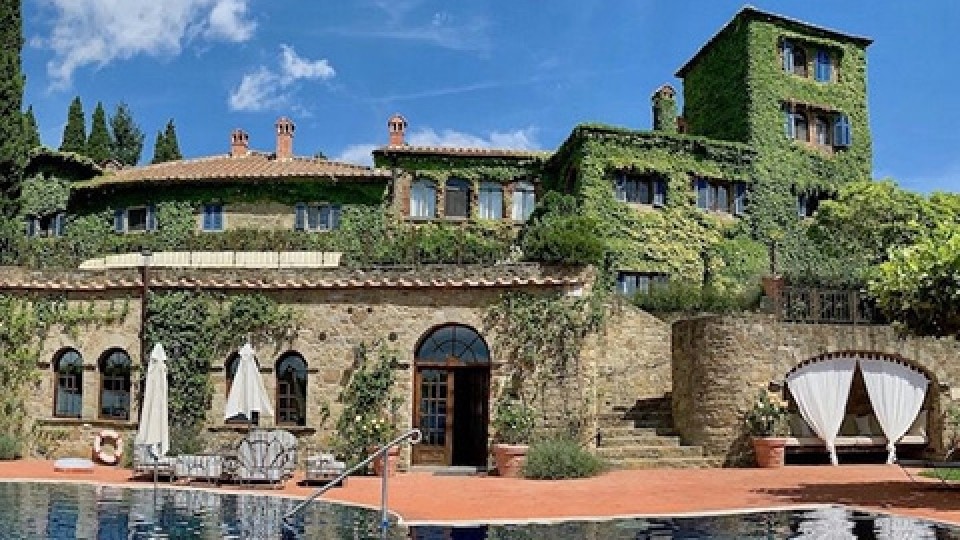Did you know that Cappuccino was invented by an Italian monk?
November 9, 2016

Did you know that Cappuccino was invented by an Italian monk?
Learn more about Cappuccino and how to make it, come and join us this season and enjoy drinking it under the Tuscookany sun before you start your cooking lesson!
The cappuccino is arguably the most famous Italian beverage. The legend suggests the name comes from a monk of the capuchin order (ordine dei cappuccini, in Italian): Marco da Aviano. In 1683, Marco went to Vienna. The Pope had instructed him to convince the Austrians to be part of the fight against the Turks. The monk, as a matter of fact, became an important character in Medieval history: he was recognized as the man who saved Europe from the Muslims. It was in Vienna that the religious man tasted coffee for the first time, but he disliked the dark beverage; it was too strong and intense for his taste buds and he decided to ask the waiter for some whipped cream and sugar to make it sweeter and lighter. There are other myths and different variations of the story, but the two constant variables are the capuchin monks… and the whipped cream. That’s right, the same cream Italians refuse to add to their cappuccino while foreigners often request was probably one of the ingredients of the original version of this famous long coffee.
Certainly, in Italy the cappuccino is a ceremony that comes with very strict rules. One of them focuses precisely on whipped cream, which no Italian citizen would ever dream about adding to his or her sweetened coffee, unless he or she was ready to renounce his or her citizenship (just kidding… maybe). Let’s get down to the real cappuccino then, exploring the Italian traditions rotating around its sweet aroma.
The cappuccino and its rules
- Italians drink coffee, strictly ristretto, after a meal but never a cappuccino. The cappuccino is exclusively a morning beverage, better if accompanied by a croissant or a brioche.
- The cappuccino, in order to deserve the label, has to be topped with whipped hot milk, which is neither cream nor bubbly milk. It has to be a perfectly creamy froth.
- The froth is precisely what transforms the cappuccino from a café au lait or caffèlatte into an indisputable masterpiece. The milk has to be whipped until the bubbles are miniscule, giving the froth a glossy, soft, creamy, silky and smooth consistency. The aroma should evoke toasted coffee combined with warm milk.
- In order to determine whether or not the bartender serving the drink is a true Italian expert, focus your attention on the moment when he or she pours the whipped milk into your cup. The perfect froth is added to the coffee WITHOUT USING A SPOON, with a delicate movement of the wrist that gently forces the milk to the centre of the cup, where it is quickly enfolded by the dark frame of the hot coffee
The best allies of the Italian espresso
One thing you certainly learn during our courses at Tuscookany – Cooking Vacations in Tuscany is that in Italy there are many combinations of milk and coffee, which foreigners often misunderstand. What is then the difference between caffèlatte, caffè macchiato, latte macchiato and cappuccino?
Let me begin by assuring you that coffee is a sacred culture in the Italian peninsula. Therefore, just like any other culture, it has a series of layers and complexities that make it even more fascinating. For every moment, occasion or taste, there is a specific answer. Now, going back to the initial question, the caffèlatte, just like the cappuccino, is exclusively a breakfast matter. A strong coffee is combined with hot milk and then sweetened. This is a beverage enjoyed also by children, who often use the caffèlatte as a soft first step in the culture of coffee.
The caffè macchiato is defined by the combination of espresso with a creamy froth. However, the quantity of froth is at its bare minimum, barely more than a teaspoon. The taste of coffee remains the protagonist, with a gentle touch caressing the palate. Italians order caffè macchiato after lunch, but it is also enjoyed in the morning and can be adopted as the companion for an afternoon break.
The latte macchiato is in some way the opposite of the caffè macchiato. In this case, the milk dominates, the cup is bigger, the coffee gives flavour to the milk and not vice versa. The result is a soft beverage, similar to a warm and silky milk shake. It is the perfect drink to combine with a croissant when the morning begins, a caffeinated parenthesis to sweeten and warm up a dreary day in autumn or winter.
So, to those who are looking for something similar to a cappuccino to enjoy after a nice lunch while respecting the Italian culture, the best choice is a caffè macchiato. Besides, with its strong taste of coffee, the macchiato carries an unmistakable and persistent aroma that matches perfectly the strong flavours of the Italian cuisine. As for the cappuccino and the other members of this delicious family, enjoy them with a pastry for a perfect breakfast made in Italy!
Buone giornata!
Please share your thoughts about Cappuccino? We’d love to hear from you in the comments below, or share our post with your friends?

Interested in our cooking courses at one of our Tuscan villas?
Do you want to enjoy our Tuscany cooking classes with plenty of time to explore in your free time, all while staying in an amazing villa?
Reviews
How our guests experienced the Tuscookany courses
Reviews from our former guests made about their visit to Tuscookany on TripAdvisor, facebook, Twitter, Google, Chow and Yelp.





